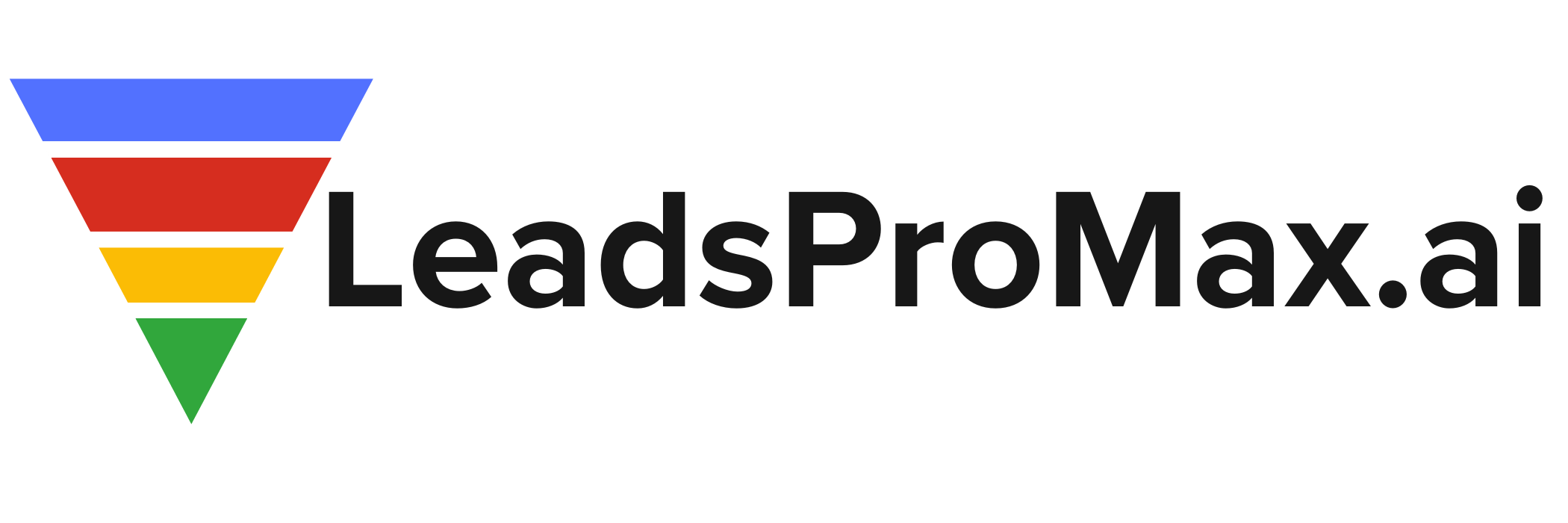The Future of Business: Why Time Series Forecasting is Crucial in 2025
In the fast-paced world of business, staying ahead of the curve is essential for success. As we approach 2025, one of the most critical tools for businesses across various industries is time series forecasting. This powerful technique allows organizations to predict future trends and make informed decisions based on historical data, enabling them to navigate the complexities of the modern business landscape with greater accuracy and confidence.
The Importance of Time Series Forecasting in 2025
Time series forecasting is not a new concept, but its importance has grown exponentially in recent years. In 2025, it will be a crucial tool for businesses looking to make informed decisions and plan for the future. By analyzing historical data, time series forecasting models can identify patterns and trends, allowing businesses to estimate future values with a high degree of accuracy.
One of the key benefits of time series forecasting is its ability to help businesses reduce costs and seize new opportunities. By accurately predicting future trends, organizations can optimize their resource allocation, ensuring that they have the right amount of inventory, staff, and equipment to meet demand. This not only helps to minimize waste but also enables businesses to capitalize on emerging trends and stay ahead of the competition.
Applications Across Industries
Time series forecasting is not limited to any one industry or sector. In fact, it has applications across a wide range of fields, from finance and supply chain management to weather forecasting and beyond. In business planning, for example, time series forecasting can help organizations evaluate probable technical costs and consumer demand, allowing them to make informed decisions about investments and resource allocation.
In finance, time series forecasting is used to predict stock prices, exchange rates, and other financial metrics. By analyzing historical data and identifying patterns, investors can make more informed decisions about when to buy or sell assets, helping to maximize returns and minimize risk.
Advanced Techniques in Time Series Forecasting
As we move closer to 2025, advanced techniques in time series forecasting are becoming increasingly prevalent. **Deep Learning Models**, such as Long Short-Term Memory (LSTM) and Gated Recurrent Units (GRUs), are being used to capture complex patterns and handle irregular data with greater accuracy and efficiency. These models are particularly useful for tasks such as natural language processing and speech recognition, where the data is often unstructured and difficult to analyze using traditional methods.
Another emerging trend in time series forecasting is the use of **Transformer-Based Approaches**, such as Temporal Fusion Transformers (TFTs). These models are designed to handle multiple time series simultaneously, making them ideal for applications such as multi-sensor data analysis and anomaly detection.
Probabilistic Forecasting
One of the most exciting developments in time series forecasting is the rise of probabilistic forecasting. Unlike traditional point predictions, which provide a single estimate of future values, probabilistic forecasting provides a range of possible outcomes with associated probabilities. This approach is particularly useful for businesses looking to manage risk more effectively, as it allows them to plan for a range of scenarios rather than relying on a single prediction.
Benefits in B2B Sales
Time series forecasting is particularly valuable in the world of B2B sales, where accurate demand forecasting is essential for success. By using models such as ARIMA and exponential smoothing, businesses can identify seasonal patterns and trends in historical sales data, allowing them to make more accurate predictions about future demand.
This **improved accuracy** in sales forecasting enables businesses to make data-driven decisions rather than relying on intuition or guesswork. By detecting seasonal variations and adjusting forecasting methods accordingly, organizations can optimize their inventory management and supply chain operations, ensuring that they have the right products in the right place at the right time.
Effective **demand forecasting** is crucial for businesses looking to avoid overstocking or understocking, which can lead to lost sales and increased costs. By using time series forecasting to anticipate future demand, companies can ensure that they have the right level of inventory to meet customer needs without tying up excessive capital in unused stock.
Conclusion
As we approach 2025, the importance of time series forecasting in driving business success cannot be overstated. By enabling organizations to make informed decisions based on historical data and emerging trends, this powerful technique is essential for optimizing operational efficiency, reducing costs, and capitalizing on new opportunities.
Whether you are a small business owner looking to improve your inventory management or a large corporation seeking to optimize your supply chain operations, time series forecasting is a tool that you cannot afford to ignore. By embracing advanced techniques such as deep learning models and probabilistic forecasting, businesses can gain a competitive edge and thrive in the fast-paced world of modern commerce.
So, if you haven’t already started exploring the benefits of time series forecasting for your business, now is the time to start. With the right tools and expertise, you can unlock the power of data-driven decision making and position your organization for success in 2025 and beyond.
#TimeSeries #DataDrivenDecisions #BusinessOptimization
-> Original article and inspiration provided by ReviewAgent.ai01
-> Connect with one of our AI Strategists today at ReviewAgent.ai


